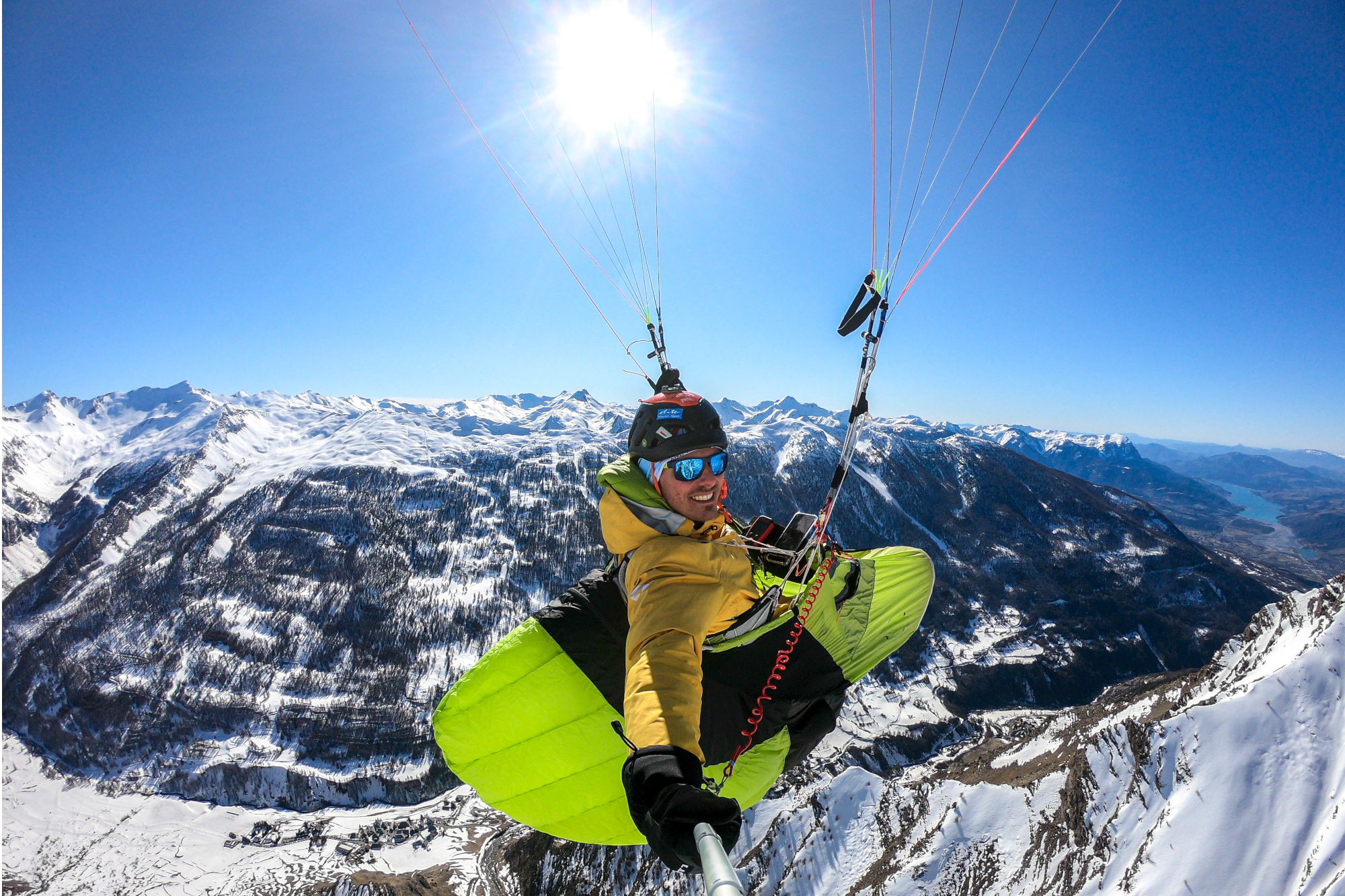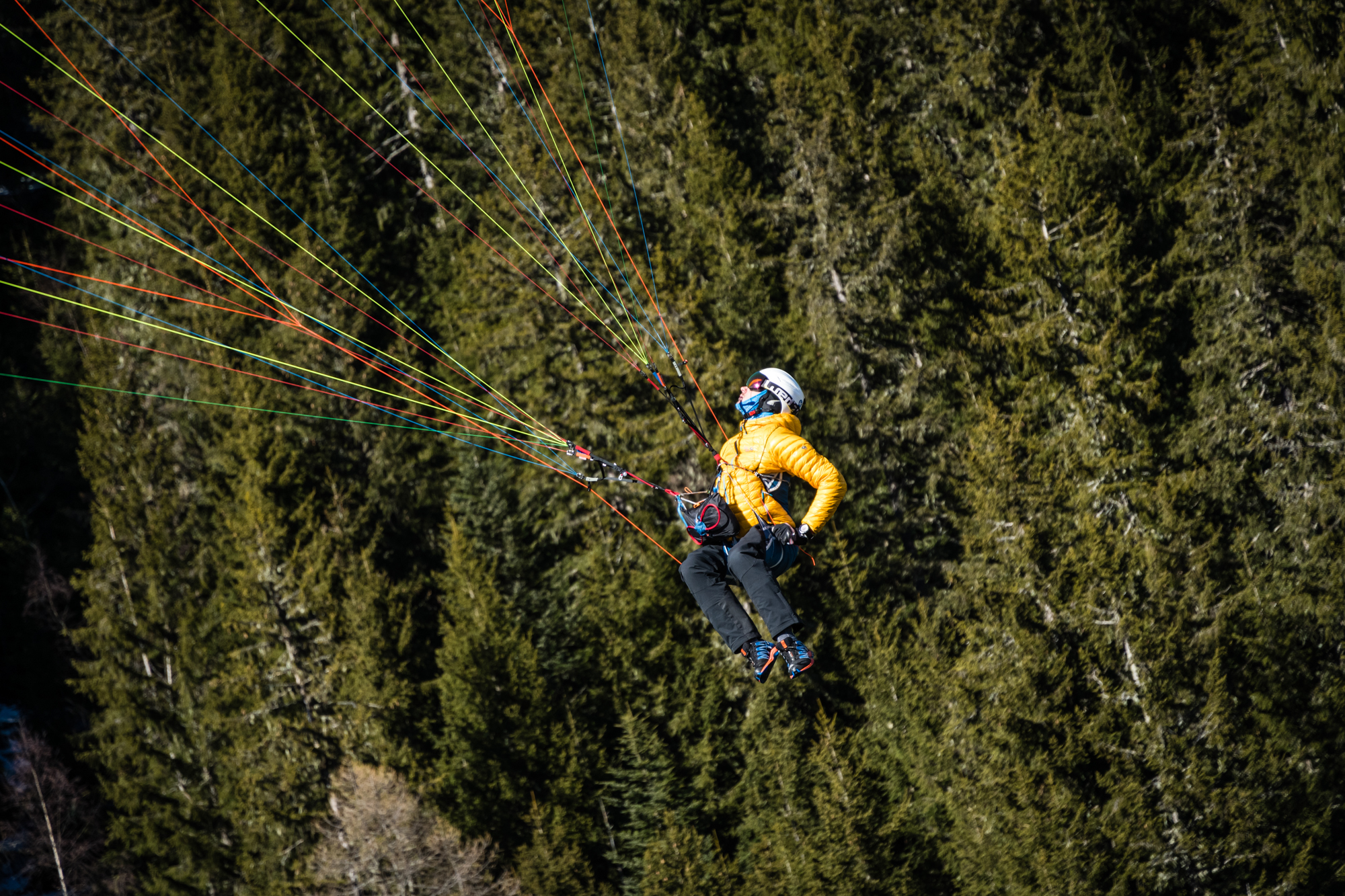
Reflection on light material ...
The current trend in pilot's demands is towards a constant reduction in the weight of the equipment.
It's certainly more pleasant to carry a small, lightweight backpack than a bag of bricks!
A few years ago, the average weight of a paragliding bag was closer to 20kg than the typical 10kg today ...
Materials and techniques have evolved significantly over the last few years, and we now have ultra-light products that would have been hard to imagine 10-15 years ago (monosurfaces, string harnesses, XAlps cocoon harnesses, reserve parachutes, connectors, clothing, etc ...).
Lightweight equipment seems to be the holy grail everyone seeks today. But beware, every medal has its flip side, and light equipment is no exception to the rule. Lighter equipment has its advantages, but also has limitations that should not be overlooked, or at least be aware of and accept them.
First: Durability
Contrary to what many pilots think or wish, it is simply impossible to have a light harness as strong as a heavier one! In spite of the very high technicality of the light materials and their evolution, a light fabric remains more fragile than a thick one.
Light equipment therefore requires particular care, to maintain a satisfactory lifespan. This includes abrasions, shocks, UV exposure, etc ...

Second: the price!
Unfortunately, price is not proportional to the weight!
All these new light materials require a lot of R&D, and often have more expensive manufacturing processes than standard materials. Associated with the "fragility" factor, it is essential to take particular care of your material.
Third: Precision
One of the biggest compromises with a lightweight harness compared to a standard harness is certainly the steering precision. Indeed, ultra-light harnesses are often based on a hammock configuration with separate thigh geometry. These soft geometries do not allow for a precision equivalent to a hard plate when turning in the harness.
In addition, these "soft" geometries lack rigidity, and the slightest movement of the pilot in the harness immediately affects the wing. An obvious example is the use of the speed bar. When using it, the leg movements (grabbing the bar and pushing) generate a change in the balance of the harness, which will most likely cause the anchorage points to move relative to each other, and consequently cause the wing to turn. This will adversely affect performance when trying to let the wing go to find the best airmass. Every parasitic movement will counter the wing. On a competition harness, it is essential to have a certain rigidity to prevent these parasitic movements (which are detrimental to performance) especially during acceleration.
And finally a misconception: stability / geometry
A common misconception is the instability of light harnesses. Light is often equated with minimalist mountain harnesses where the two thighs are completely independent and have a large range of relative movement between them. But it is perfectly possible to build a light AND stable harness by playing with the design geometry.
It should be noted that so-called "hammock" harnesses are generally much more sensitive to roll than harnesses with a "separate thigh" construction. This is precisely because of the differences in geometry between the two designs.

The light material has its advantages, but also some constraints that must be taken into account when making your choice.
We invite you to find the interview of Max JEANPIERRE on the podcast (from 01:12:24) www.cloudbasemayhem.com of our ambassador Gavin Mc CLURG.
